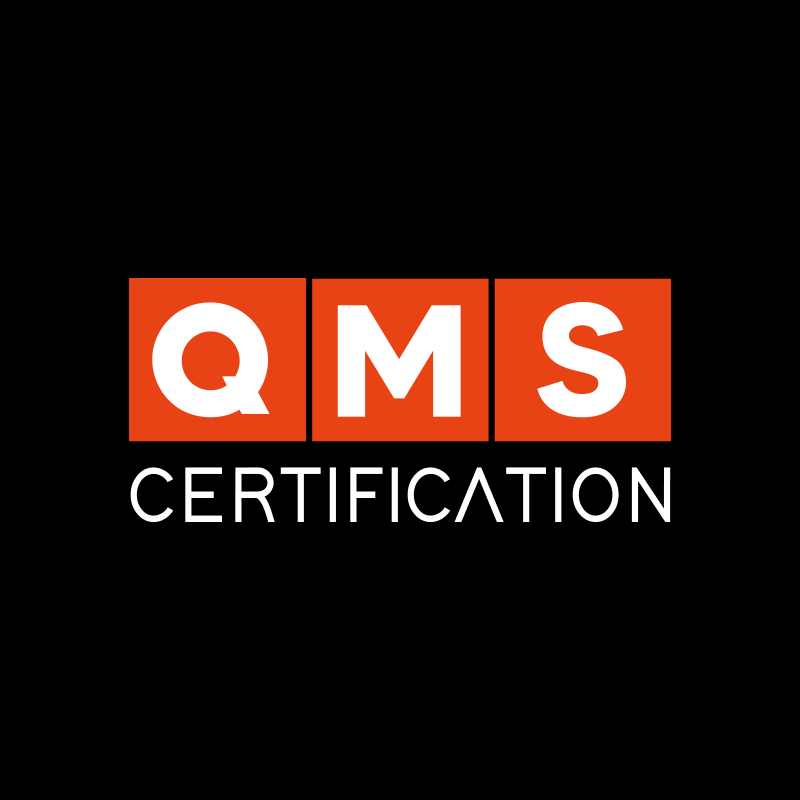Created with the aim of making organizations adapt to an efficient Health and Safety Management System, ISO 45001:2018 has 10 requirements. Among them, we have the 4, which is our topic today: Context of the organization in ISO 45001:2018.
For an organization to continue to function successfully, it is essential to value the health and safety of its employees. This is why today, in this article, we will talk about ISO 45001: 2018, which focuses on the Occupational Health and Safety Management System (OH&S).
Context of the organization in ISO 45001:2018
An organization needs to know its limits, to know where it is strongest and where it is most vulnerable. It is extremely important for the organization to understand its reality, its needs and expectations.
Therefore, ISO 45001:2018 says that the organization must determine the external and internal issues that are relevant to its purpose and that affect its ability to achieve the intended results of its OH&S management system.
The OH&S management system helps organizations identify and prevent the occurrence of risks related to the safety of their employees. This, through the implementation of a system for investigating and treating incidents and illnesses that may occur in a given work environment.
What are internal issues?
These issues that can be found context of the organization in ISO 45001:2018 influence the organization’s ability to achieve the expected results. As the name implies, these are internal issues, that is, situations that occur within the limits of the organization’s operations, within the operational environment of its processes.
When mapping the issues, we can, for example, take into account strengths and weaknesses (as in the SWOT – Strengths, Weaknesses, Opportunities e Threats – analysis).
Strenghts
These are the organization’s differentials, those that show that it values the health and safety of its employees.
Like, for example, a company that guarantees its employees the use of quality PPE, machines and tools that undergo frequent maintenance, among other things. That is, it does not expose them to products that may cause damage to health.
Weaknesses
Companies that put the health and safety of employees at risk. That is, it makes use of low-quality or obsolete equipment, indiscriminate exposure of its employees to tasks that may lead to accidents or damage to health, among other negligence.
What are external issues?
Following the example of a SWOT-based analysis, we can found on context of the organization in ISO 45001:2018 and divide external issues into two points: opportunities and threats. They will define the main points of the organization’s context in ISO 45001:2018.
Opportunities
They are external issues that positively influence the organization. Such as, for example, taking advantage of external training, raising awareness about external benefits to people’s health, adapting to new labor laws or legal issues, adopting a family health plan, among others.
Threats
These are situations such as virus diseases, which can come from outside the organization. A collaborator can end up contaminating himself and bringing this virus into the work area, so that this does not happen, planning is necessary.
That is, hygiene, testing frequently and using recommended safety measures. This is all to contain an external threat.
How to improve organization performance
Now that you understand the issues that positively and negatively influence the SSO performance of organizations, let’s learn about some methods to take advantage of opportunities and strengths and learn to deal with weaknesses and threats.
After all, it is not enough to understand the context of the organization in ISO 45001:2018, it is necessary to act on it.
Here are some tips:
- Implement an its OH&S management system strategy policy, encouraging actions to prevent accidents and occupational diseases;
- Develop processes to really understand your context. It is essential that the organization knows the working conditions of its employees;
- Support occupational health and safety in the organization, for example, providing PPE, training employees, reorganizing the layout, among other actions;
- Always be aware of new updates of laws and criteria related to health and safety at work.
However, the success of these actions will only occur if there is commitment from leaders, managers and employees. For this, it is essential to constantly evaluate and monitor the OH&S management system.
Results of adopting an OH&S Management System
When an organization values the health and safety of its employees, better results are noticed. The reduction of accidents and the employees’ sense of security makes them work with more confidence, generating an increase in the results of the processes.
Therefore, accidents at work, fines and possible lawsuits against the company decrease. That is, there is a reduction in the company’s finances.
Furthermore, with the implementation of ISO 45001, the organization also gains more respect from its customers, employees and partners. Ensuring excellent working conditions for its employees brings positive visibility to organizations and, consequently, attracts other employees with better qualifications.
ISO 45001:2018 is beneficial for everyone involved
Having negligence with OH&S management system is one of the biggest causes of injury on companies. Whether harming people’s performance and productivity or generating costs with accidents at work.
Organizations need to understand that everyone actually wins when we value health and safety in the work environment. With employees confident in their work, the organization’s positive image attracting quality suppliers and partners, the products generated have a high quality level.
Therefore, an organization that stands out in relation to its competitors is able to attract more customers, consequently generating more profits.










